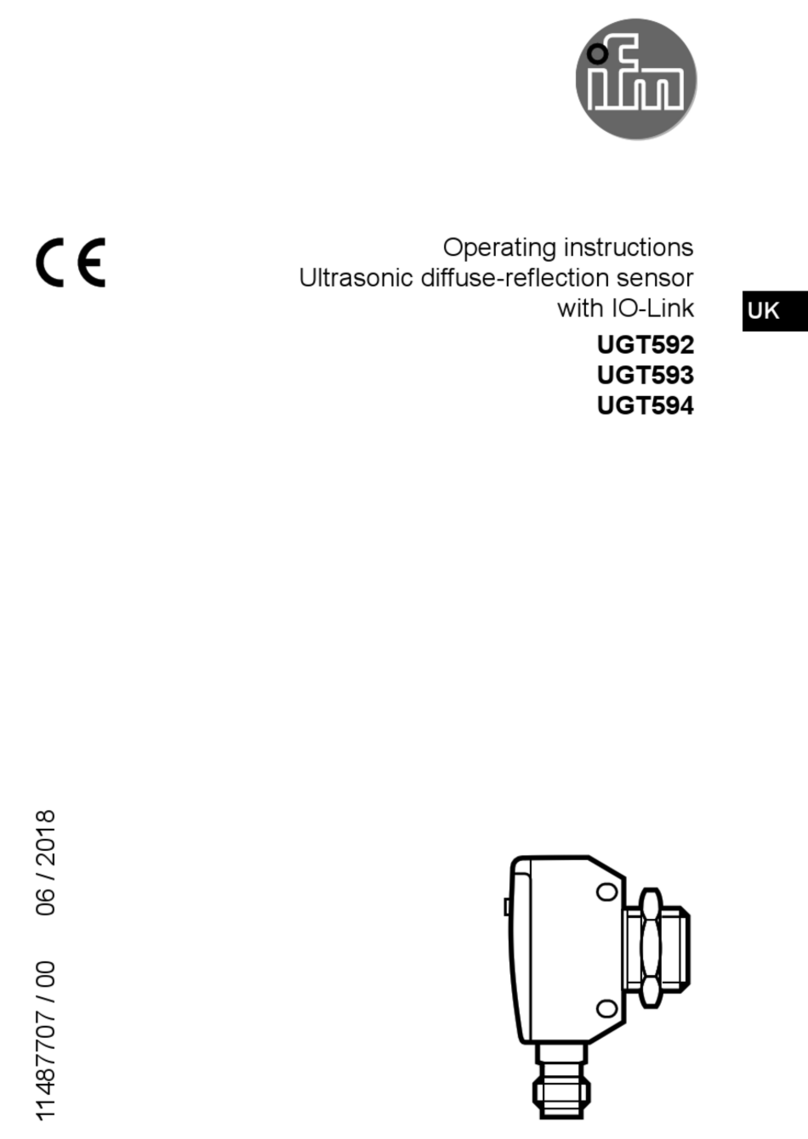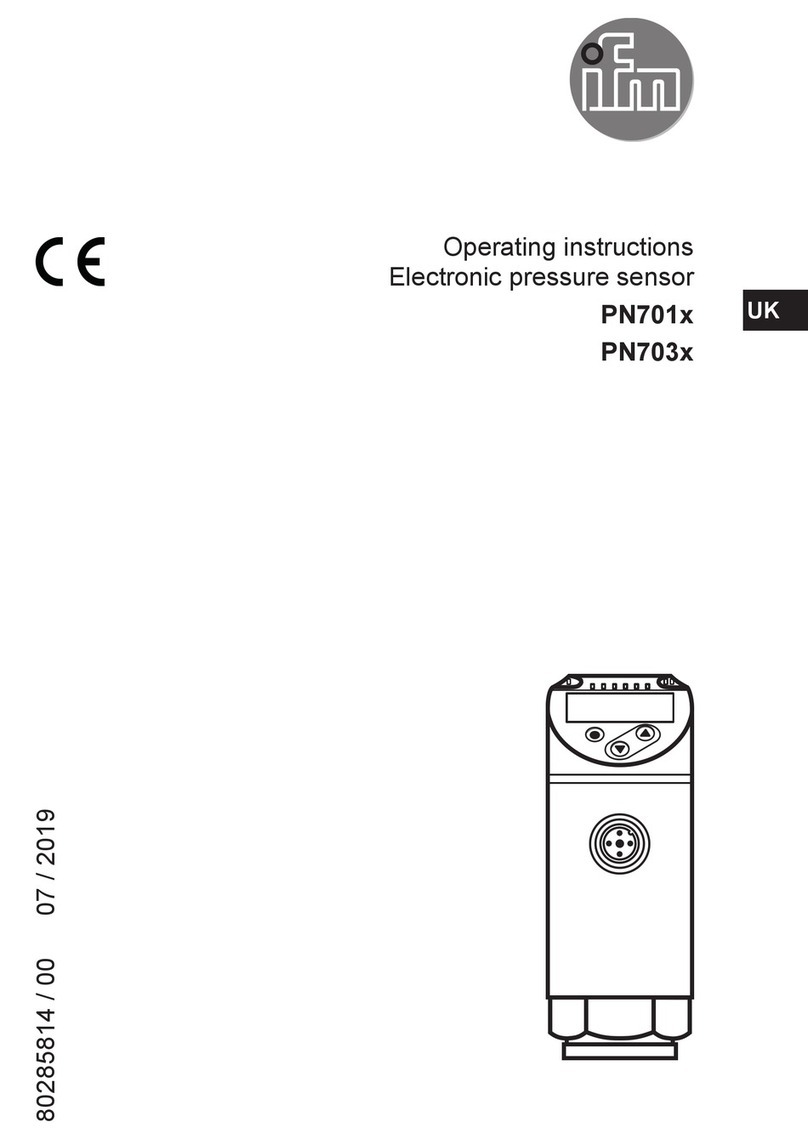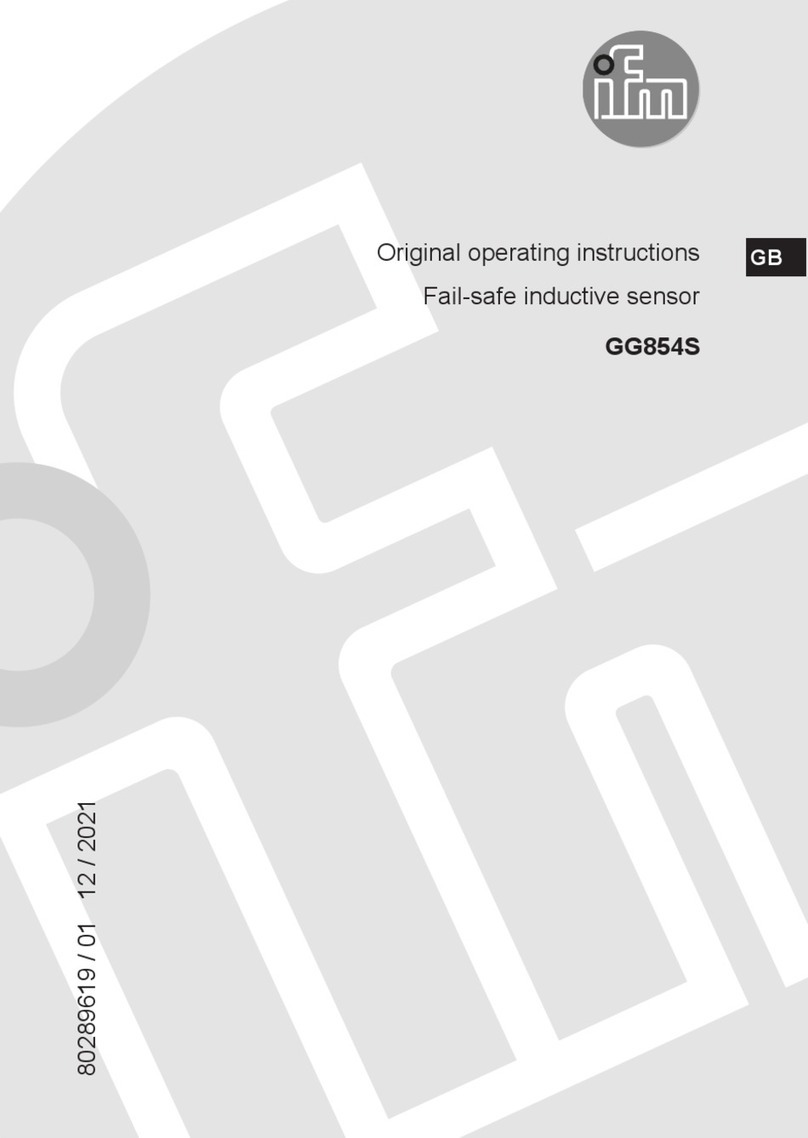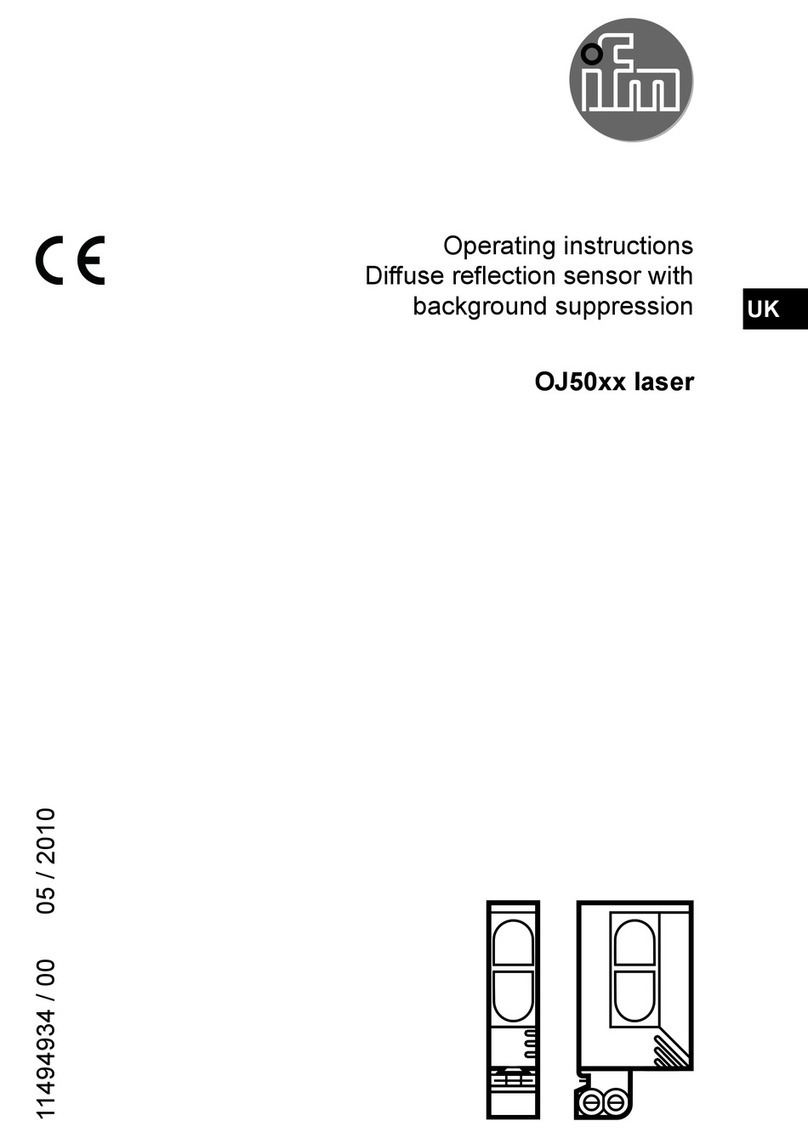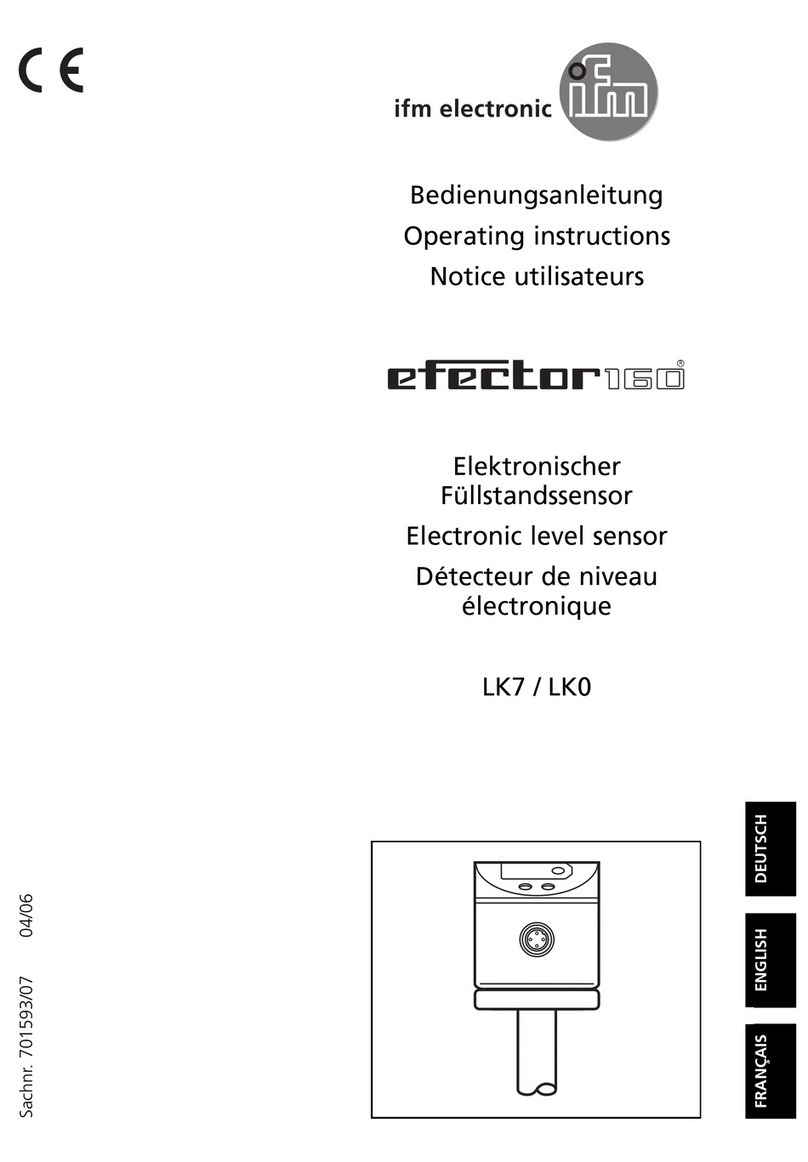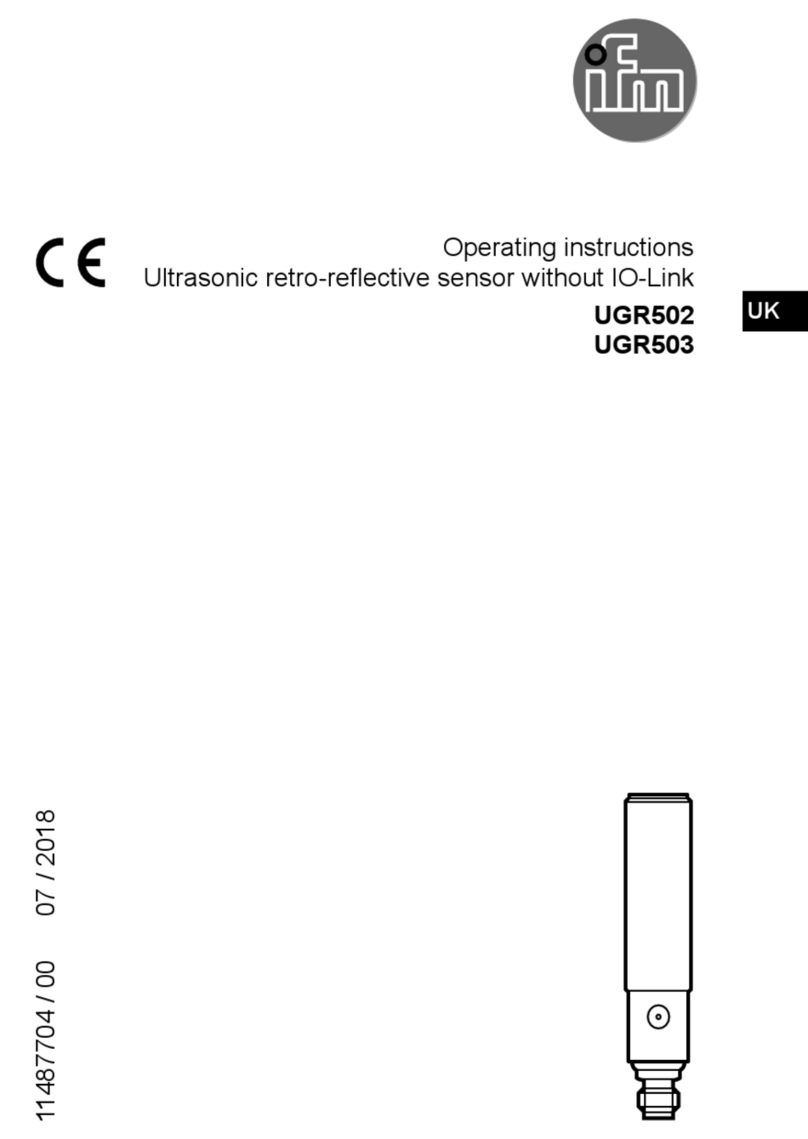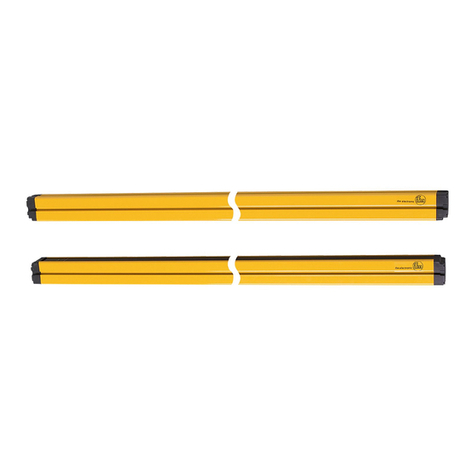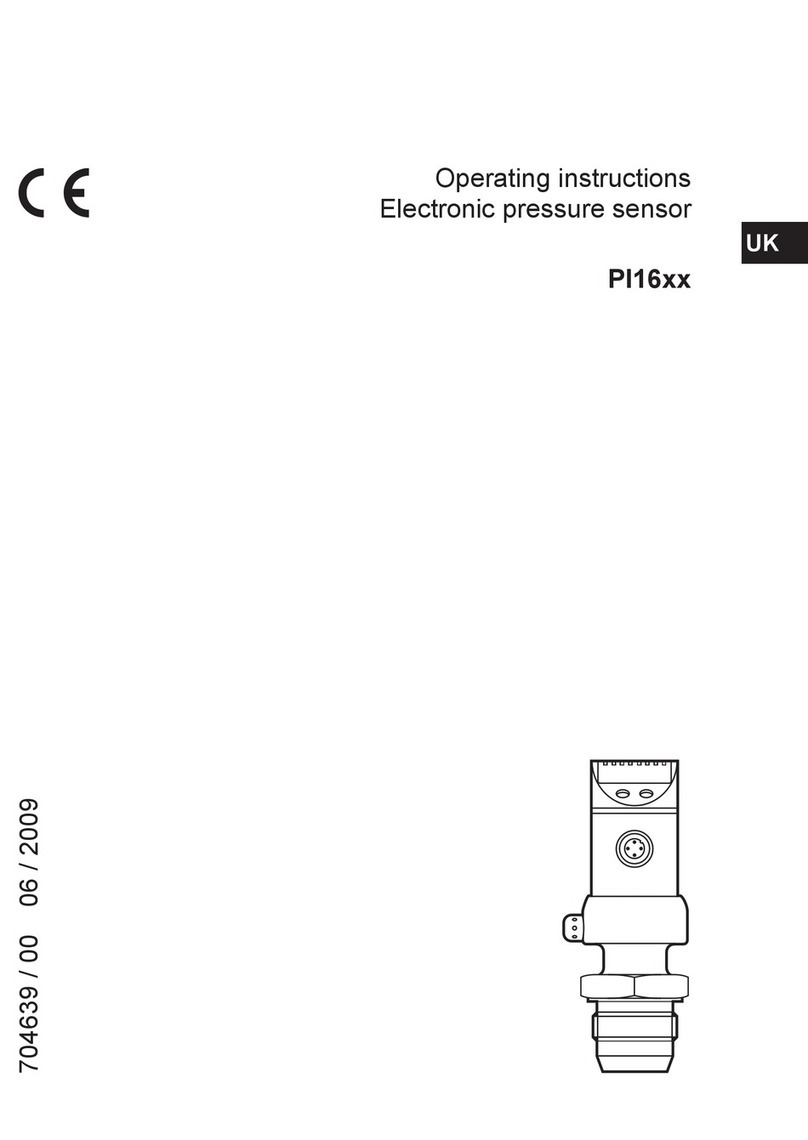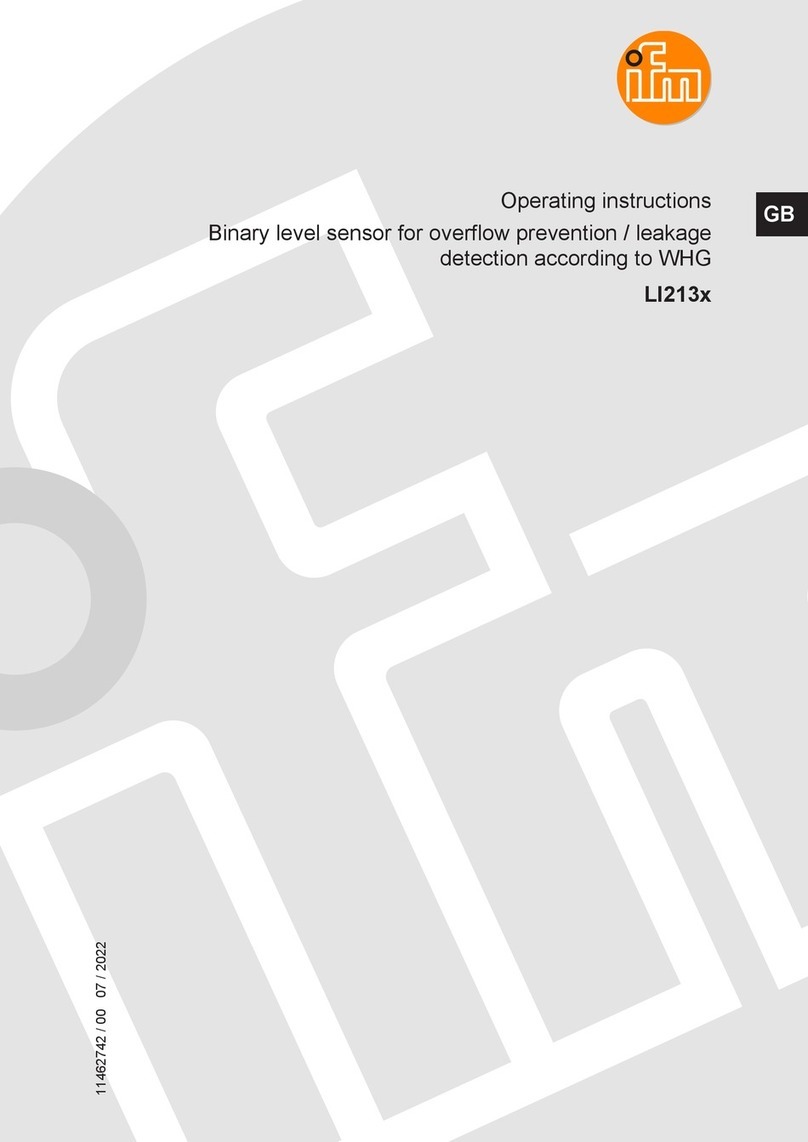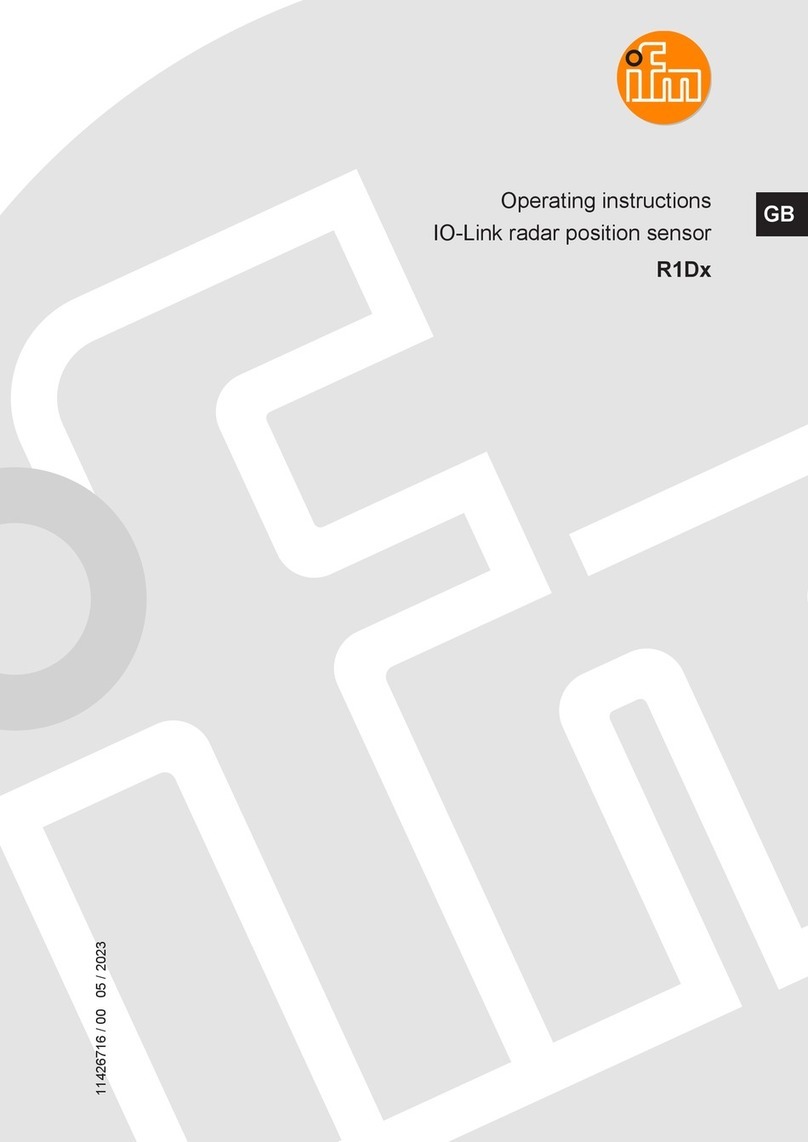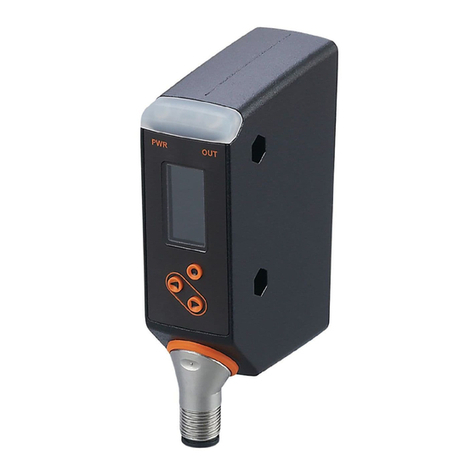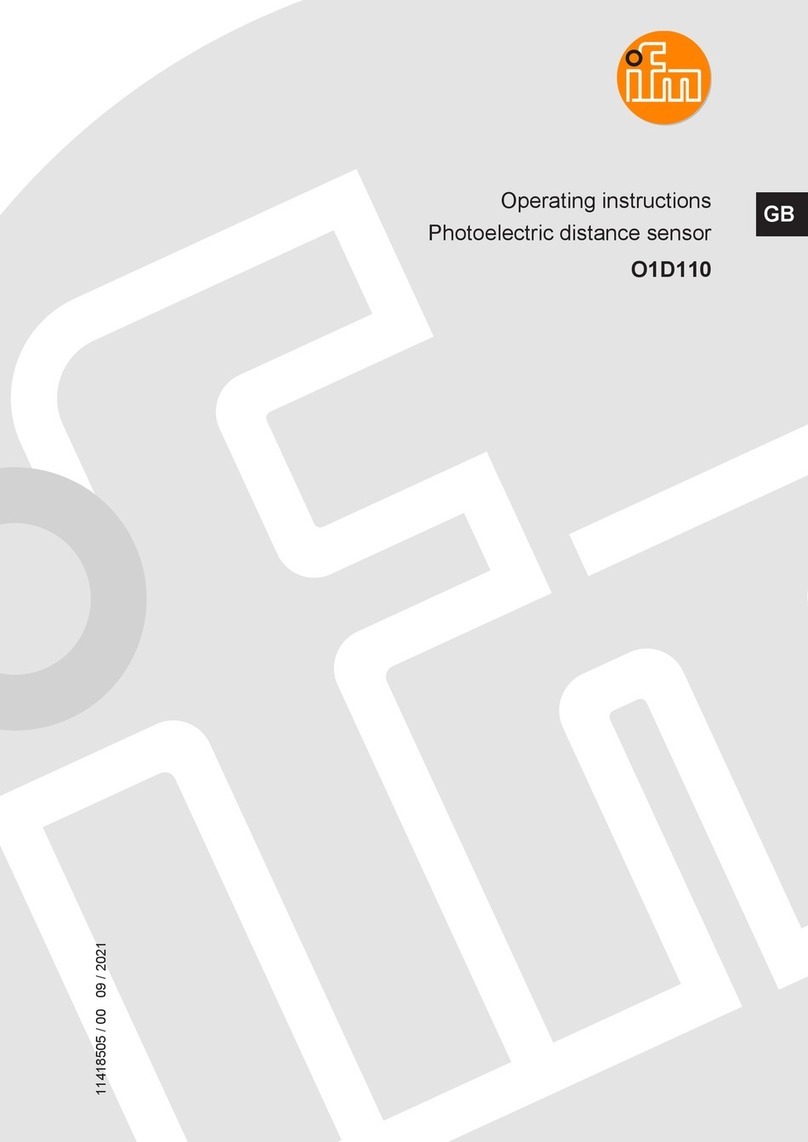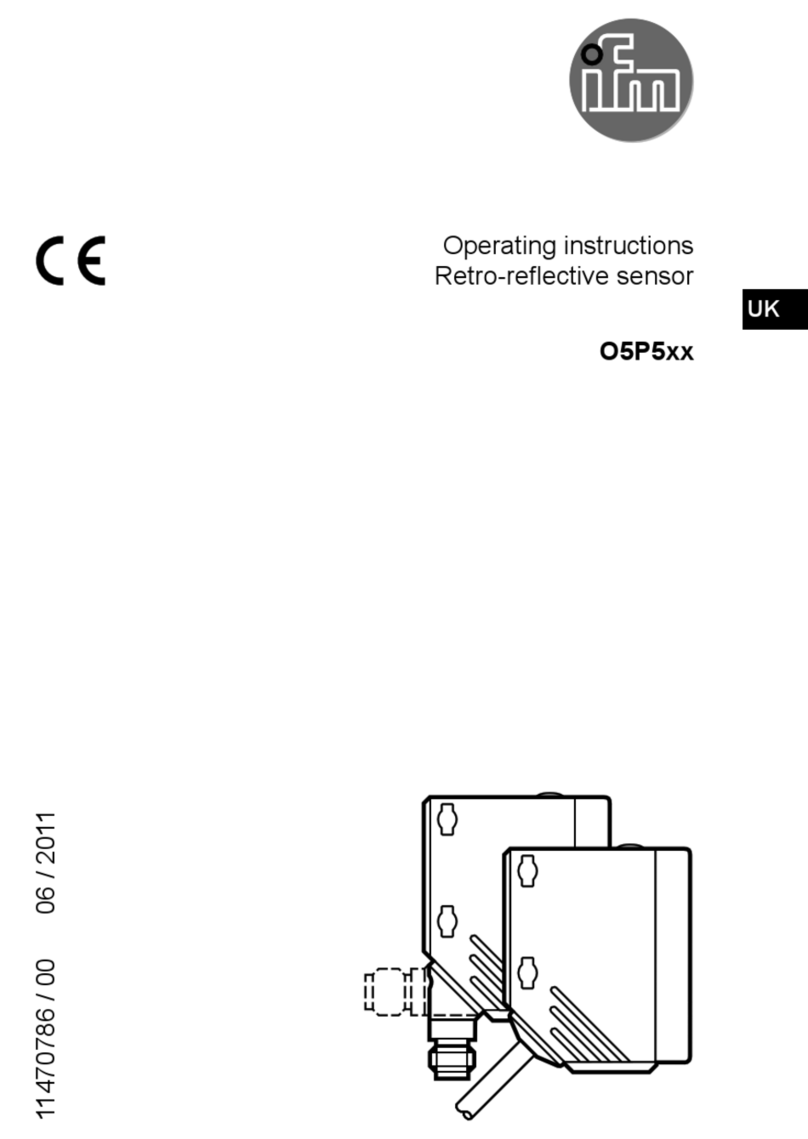2
Contents
1 Preliminary note���������������������������������������������������������������������������������������������������3
1�1 Symbols used ������������������������������������������������������������������������������������������������3
2 Safety instructions �����������������������������������������������������������������������������������������������3
3 Functions and features ����������������������������������������������������������������������������������������4
3�1 Applications ���������������������������������������������������������������������������������������������������4
4 Function���������������������������������������������������������������������������������������������������������������4
4�1 Processing of the measured signals��������������������������������������������������������������4
4�2 Pressure monitoring / switching function �������������������������������������������������������5
4�3 Pressure monitoring/ analogue function ��������������������������������������������������������6
4�4 Diagnostic function ����������������������������������������������������������������������������������������8
5 Installation������������������������������������������������������������������������������������������������������������8
6 Electrical connection������������������������������������������������������������������������������������������10
7 Operating and display elements ������������������������������������������������������������������������ 11
8 Menu������������������������������������������������������������������������������������������������������������������12
8�1 Menu structure���������������������������������������������������������������������������������������������12
8�2 Menu explanation ���������������������������������������������������������������������������������������13
9 Parameter setting ����������������������������������������������������������������������������������������������14
9�1 Parameter setting general ���������������������������������������������������������������������������14
9�2 Configuring the display (optional) ����������������������������������������������������������������16
9�3 Setting the output signal ������������������������������������������������������������������������������16
9�3�1 Setting the output function������������������������������������������������������������������16
9�3�2 Setting the switching limits �����������������������������������������������������������������17
9�3�3 Scaling the analogue value ����������������������������������������������������������������17
9�4 User settings (optional)��������������������������������������������������������������������������������18
9�4�1 Zero-point calibration��������������������������������������������������������������������������18
9�4�2 Setting the delay time for OUT1 ���������������������������������������������������������18
9�4�3 Setting the output polarity for OUT1 ���������������������������������������������������18
9�4�4 Setting the damping for the switching signal ��������������������������������������18
9�4�5 Setting the damping for the analogue signal ��������������������������������������18
9�5 Service functions �����������������������������������������������������������������������������������������19
9�5�1 Reading the min�/max� values for the system pressure����������������������19
9�5�2 Reset all parameters to the factory setting �����������������������������������������19






